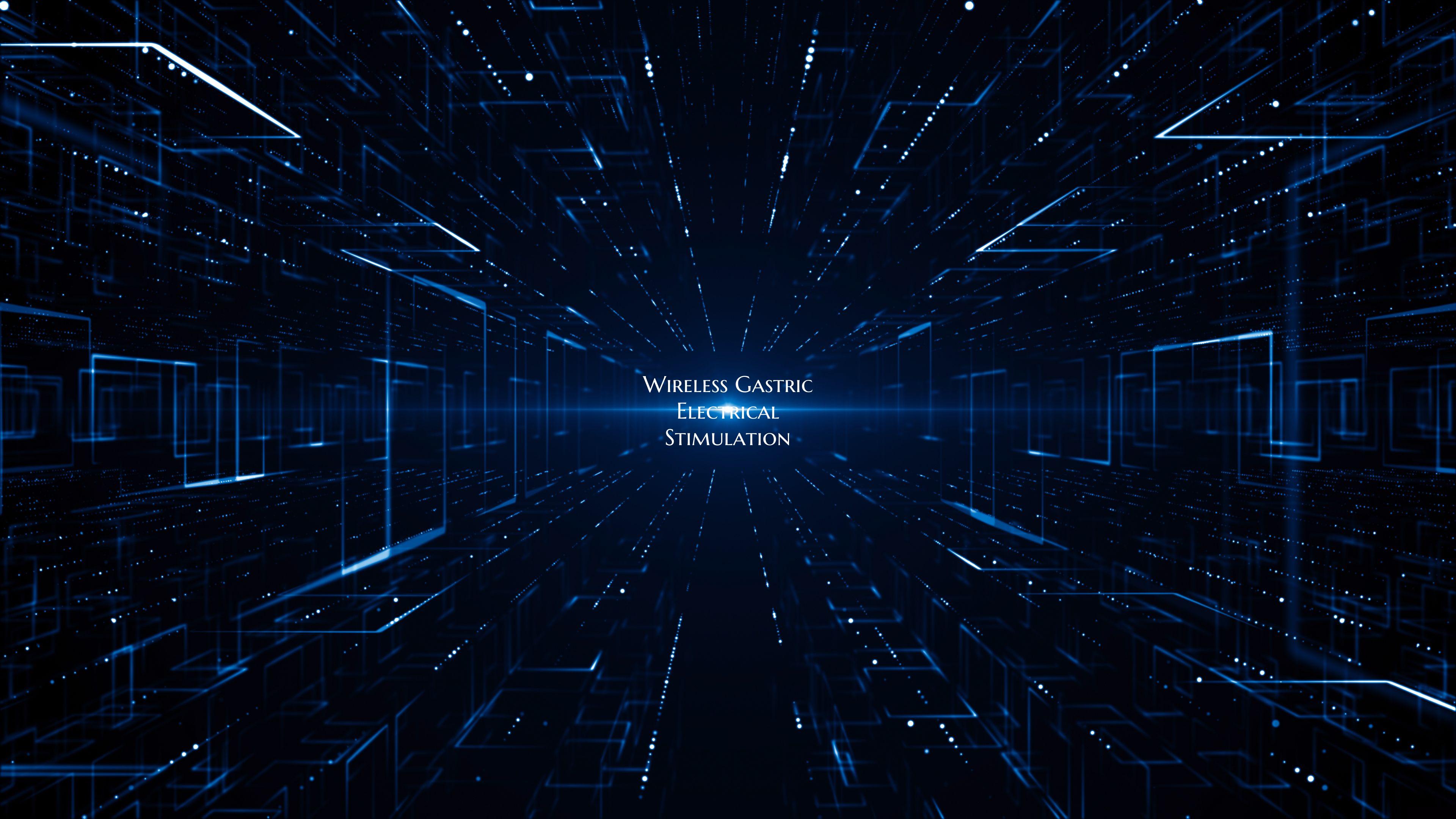Wireless Gastric Electrical Stimulation
Wireless Gastric Electrical Stimulation: Revolutionizing Treatment for Gastrointestinal Disorders
Gastric electrical stimulation (GES) is a promising therapy that involves delivering electrical pulses to the stomach to regulate its motility and function. Traditionally, GES has been performed using wired systems, which can be cumbersome and limit patients' mobility. However, recent advancements in technology have led to the development of wireless gastric electrical stimulation systems, offering a more convenient and efficient treatment option for patients with various gastrointestinal disorders.
Wireless GES involves the placement of a small device in the stomach that can wirelessly communicate with an external programmer, allowing healthcare providers to adjust stimulation parameters and monitor patients' progress remotely. This technology eliminates the need for external wires or connectors, providing a more comfortable experience for patients. Moreover, the wireless system enables more targeted and precise stimulation, leading to better therapeutic outcomes and potentially fewer side effects.
One of the key advantages of wireless GES is its potential to improve the management of conditions such as gastroparesis, a chronic condition characterized by delayed gastric emptying. By modulating gastric motility, wireless GES can help alleviate symptoms such as nausea, vomiting, abdominal pain, and bloating, thereby enhancing patients' quality of life. Additionally, wireless GES may also be beneficial for other gastrointestinal disorders, including functional dyspepsia and refractory gastroesophageal reflux disease.
Furthermore, wireless GES offers the flexibility of programming adjustments without the need for frequent clinic visits, making it a convenient option for patients with busy schedules or limited access to healthcare facilities. The ability to remotely monitor patients' progress and make real-time modifications to stimulation settings can help optimize treatment efficacy and personalize therapy for individual patients.
In conclusion, wireless gastric electrical stimulation represents a groundbreaking advancement in the management of gastrointestinal disorders, offering a non-invasive, efficient, and patient-friendly approach to modulating gastric function. As technology continues to evolve, wireless GES holds great promise for improving outcomes and enhancing the overall well-being of patients suffering from a range of gastric motility disorders.

